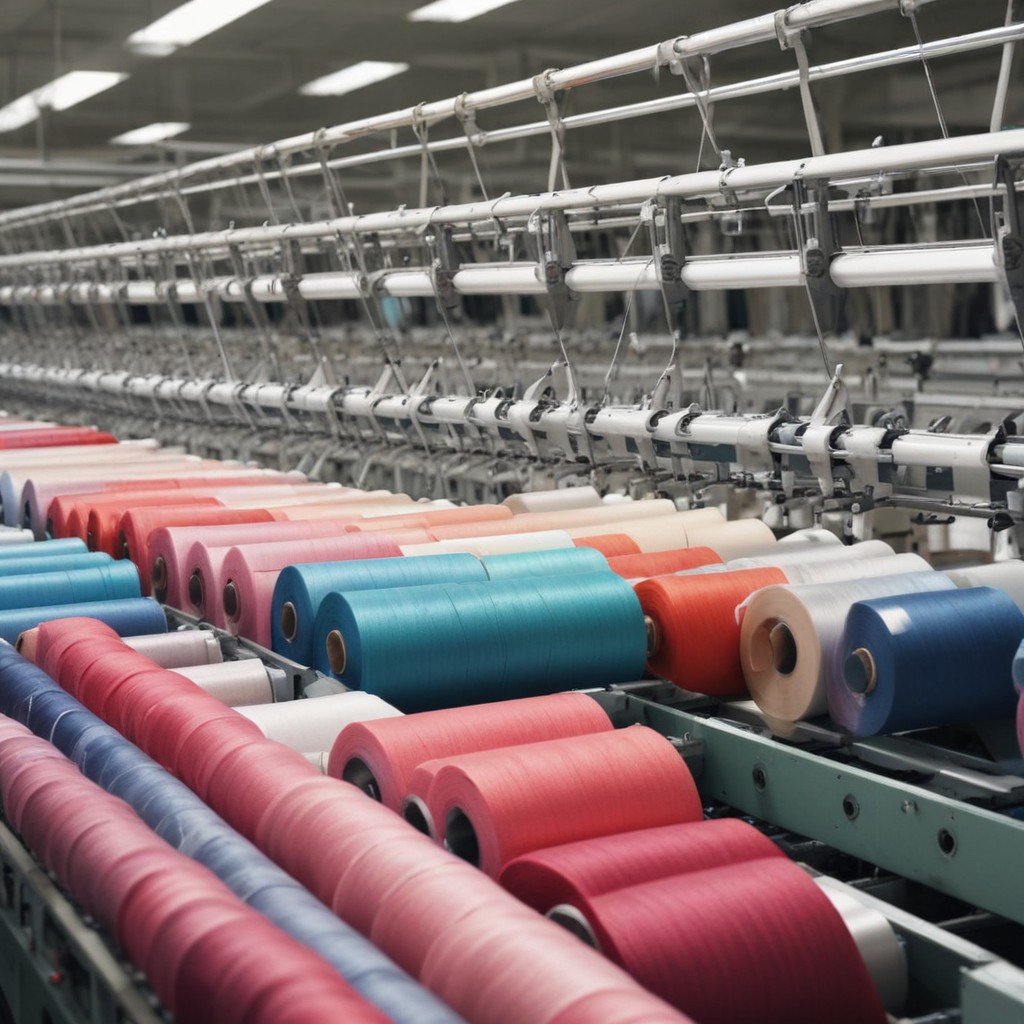Contribution of Castor Oil: Revolutionizing the Textile Industry

INTRODUCTION
WELCOME TO RUNZOER INDIA ,where we explore the fascinating world of castor oil and its remarkable impact on the textile industry. Over the past decade, castor oil has emerged as a game-changer, revolutionizing the way fabrics are produced, while also offering numerous environmental and economic advantages. In this article, we delve deeper into the contribution of castor oil and how it has transformed the textile manufacturing process. Whether you’re a fashion enthusiast, an industry professional, or simply curious about sustainable innovations, join us as we uncover the significance of castor oil in shaping the future of textiles. Get ready to be amazed by the endless possibilities that this versatile oil presents for a more sustainable and efficient textile industry.
Castor Plant: A Timeless Tradition With Modern Appeal
The Ricinus communis, or castor bean, is no stranger to the world, having been utilized in homes and various industries since ancient times due to its remarkable versatility. This fast-growing, resilient plant thrives in hot regions with well-drained soil, such as stream banks, river beds, and bottomlands.
Primarily cultivated for its valuable castor oil, derived from the seeds containing 30%–50% oil (m/m), depending on the variety, every aspect of the castor plant, including its flowers, leaves, and stem, is truly remarkable.
While consuming the plant is toxic, its applications extend across diverse sectors, including personal care and cosmetics, medicinal and pharmaceuticals, agriculture and food, adhesives, elastomers, coating manufacturing, and even the textile industry.
Yes, you read that correctly.
Now, you may be wondering about the plant’s role in the textile industry. Castor oil derivatives are not only used in manufacturing, but they also form the basis for castor fibers, an innovative textile material.
The Magic Elixir: Unveiling the Composition of Castor Oil
Approximately 85–90% of castor oil consists of the unique hydroxy FA ricinoleic acid, a monounsaturated, 18-carbon fatty acid with exceptional physical properties. Its high viscosity, specific gravity, and solubility in alcohols, along with its limited solubility in petroleum solvents, set it apart from other fatty acids.
The presence of hydroxyl functional groups makes castor oil compatible with and capable of plasticizing a wide range of natural and synthetic materials, paving the way for the production of a bio-polyamide with a significantly reduced carbon footprint.
Castor Fibre: Unveiling the Untapped Potential
Castor fabric embodies all the desirable properties of synthetic materials but is 100% natural, biodegradable, sustainable, and eco-friendly. Ideal for athleisure wear, it offers the following qualities:
Non-iron
Wrinkle-free and requires no ironing.
Odor-neutralizing
Built-in bacteriostatic capacity to prevent odors.
Quick-drying
Dries 50% faster than cotton, making it perfect for functional and sportswear.
Climate-adaptive
Offers thermal insulation, suitable for all climates.
Extremely breathable
Ideal for sports and activewear due to its high breathability.
Ultralight
25% lighter than comparable polyester products, while retaining the same coverage.
Exceptionally comfortable
Soft and skin-friendly, suitable for prolonged wear.
Variety of colors
Exceptional dyeing qualities for a wide range of color options.
In Conclusion
The introduction of castor fiber marks a significant environmental breakthrough. This innovative fabric not only reduces waste but also minimizes the impact on the environment. At RUNZOER INDIA, we take pride in contributing to environmental preservation by producing the pure castor oil necessary for creating castor fiber. Join us in making the switch to castor fiber and helping save our planet from the detrimental effects of synthetic fabrics.
